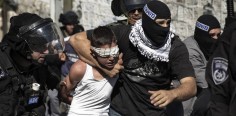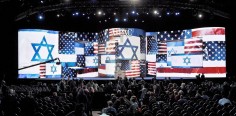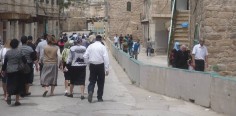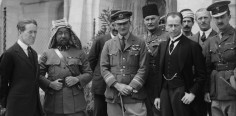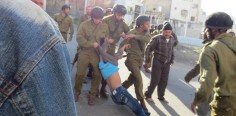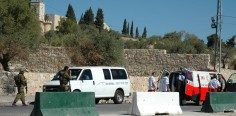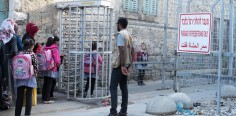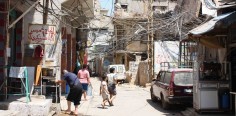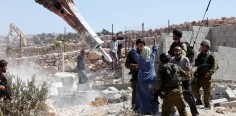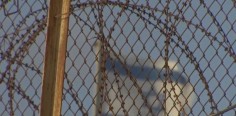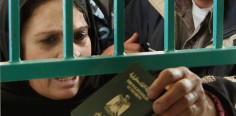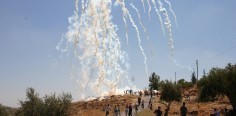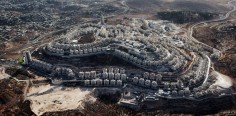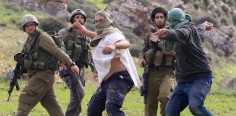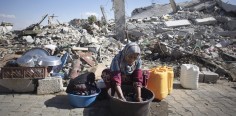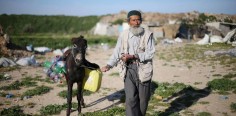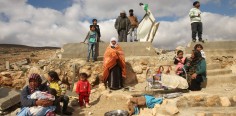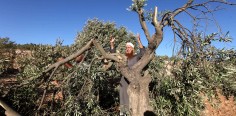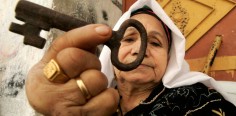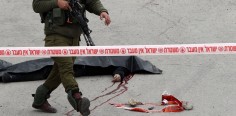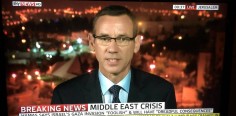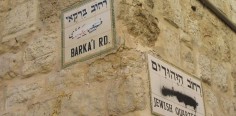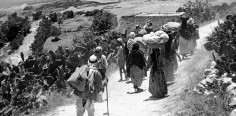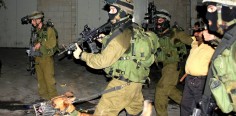DENIED RIGHT TO EDUCATION
EDUCATION IS A FUNDAMENTAL HUMAN RIGHT AND ESSENTIAL FOR THE EXERCISE OF ALL OTHER HUMAN RIGHTS.
UN COMMITTEE ON ECONOMIC, SOCIAL AND CULTURAL RIGHTS
Hadeel was in shock.
Against enormous odds, the 23-year-old Palestinian had worked hard to win a Fulbright scholarship to an American university. But now the US State Department was informing her that her scholarship had been revoked.
Not because she had done anything wrong. But because the Israeli authorities refused to let her and seven other Fulbright recipients leave the Gaza Strip.
After an onslaught of public criticism and pressure, Israeli authorities let the students leave to pursue their education.
Most Palestinian students, however, are not so lucky.
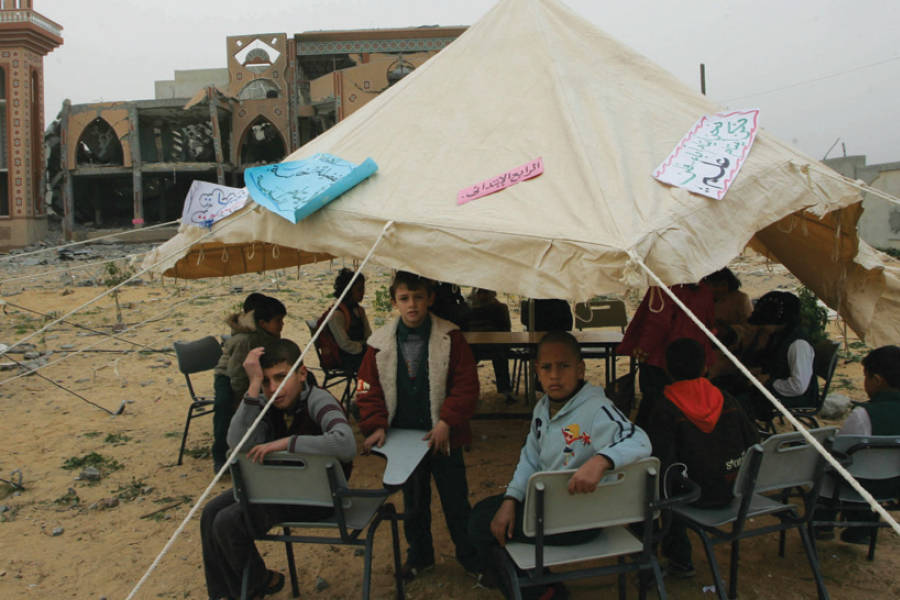
Aside from the immense physical, psychological and social stress Palestinian childrens and adults face living under occupation, Israeli policies also limit the ability of Palestinians to pursue their educational aims.
In Gaza, Israel's blockade prevents hundreds each year from pursuing an overseas education. The same applies to teachers, professors and researchers who wish to enhance their skills or collaborate with foreign institutes. Meanwhile, Israeli authorities deny visiting academics entry to Gaza.
In the West Bank, Israel's restrictions on movement make it difficult, expensive or impossible for Palestinian students to commute. In places where Israeli authorities forbid Palestinians from walking on streets reserved for illegal Israeli settlers, students must commute through a maze of checkpoints, rubble roads and dangerous settlement areas.
Settler schoolchildren routinely verbally harass, chase, hit and throw stones at Palestinian schoolchildren. Their parents also engage in similar behavior, like blocking school steps with their cars or terrorising schoolchildren with their dogs.
Young women in particular struggle to continue their education as their parents can't bear teenage soldiers harassing them on a daily basis.
Meanwhile, heavily-armed Israeli soldiers often raid university campuses, arresting students and professors, detaining university guards, destroying university property and equipment, and sometimes confiscating student materials.
Israel's bombing campaigns also damage or destroy schools and universities. During its attack on Gaza in late 2008, for example, it damaged 280 out of 641 schools and destroyed 18. It also damaged 14 of the 15 higher education institutions, directly targetting 6.
Denying the Palestinians their right to education jeopardises their future prospects as a people and as a state.
Sometimes the military fires tear gas at the schoolyard and then the tear gas gets into the classrooms. The students inside the classrooms choke on the gas, and it's difficult to study under these conditions.
Salem Abu MfarehOn the day of her English exam, soldiers blocked the way and said it was forbidden to pass. I argued with the soldiers for more than an hour, and finally managed to convince them to let her leave the building so she could get to school. She arrived at school about an hour after the test had begun. She failed the exam.
Na'imah AhmadAs they were coming out of their classes, I heard them screaming. I also heard the sound of stones being thrown at the school. I got out of my room to find out what was going on and saw more than fifteen settlers between the ages of 12 and 18 standing opposite the school. They were throwing stones at the school and at the students who were on the street.
Ferial Abu HaikalVery few pupils had arrived at the school. The atmosphere was very bad and tiring. All the time we worried that the soldiers would invade the rooms where we were taking the exams, because we heard that they had done that elsewhere in the West Bank. During the exam, I cried and had trouble concentrating. I was frightened. I was thinking about how I would get home under the curfew.
Wafa FarajA week later, we returned to our school, but it still feels like a wreck. It's cold in the classrooms because there aren't any windows, there are blackouts sometimes, which make it hard to see what's on the blackboard, there are bullet marks on the walls, and lots of pupils in each classroom - about 50 - so the teachers can't explain the material to all those who don't understand.
Khaled a-Sultan
